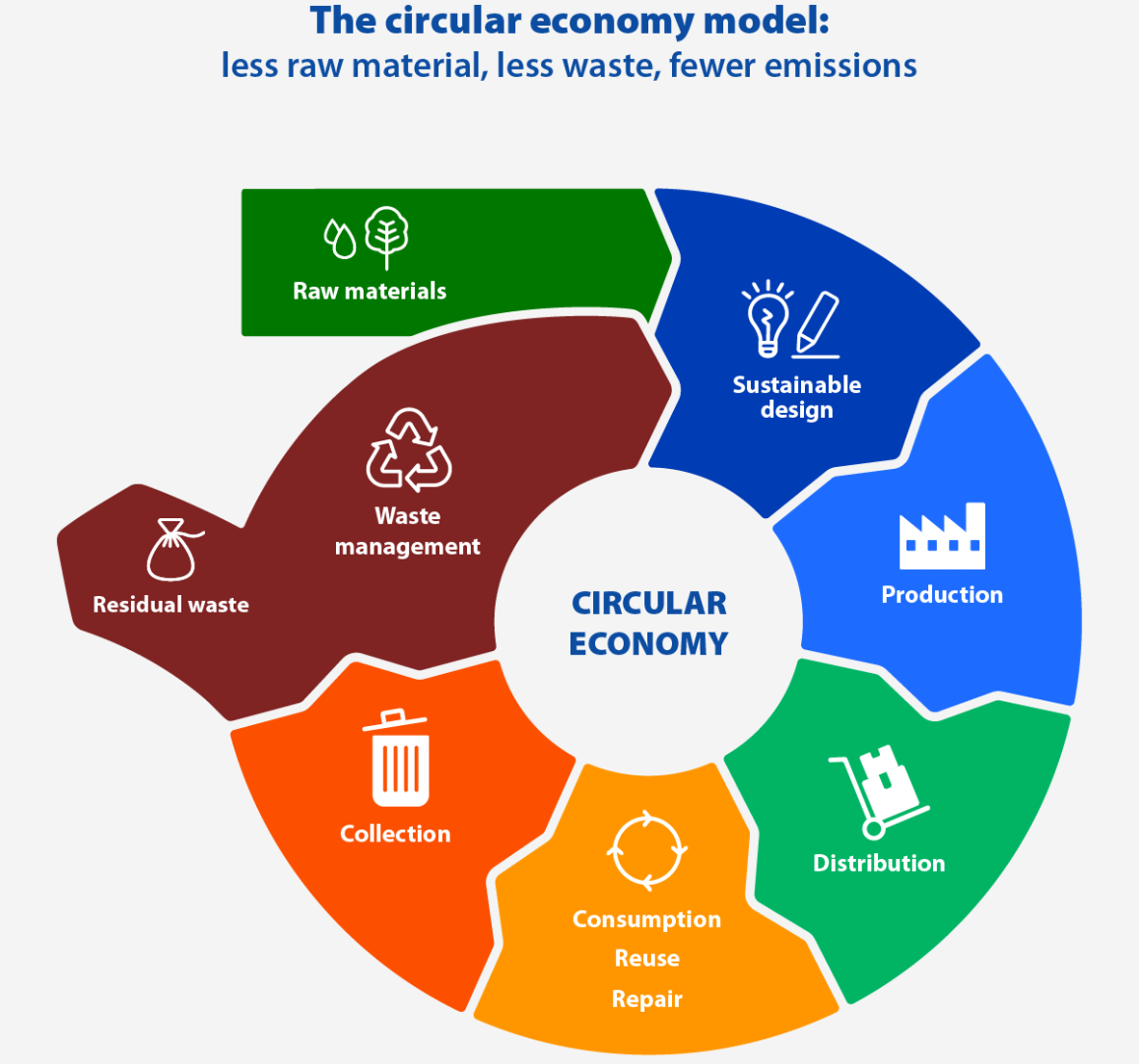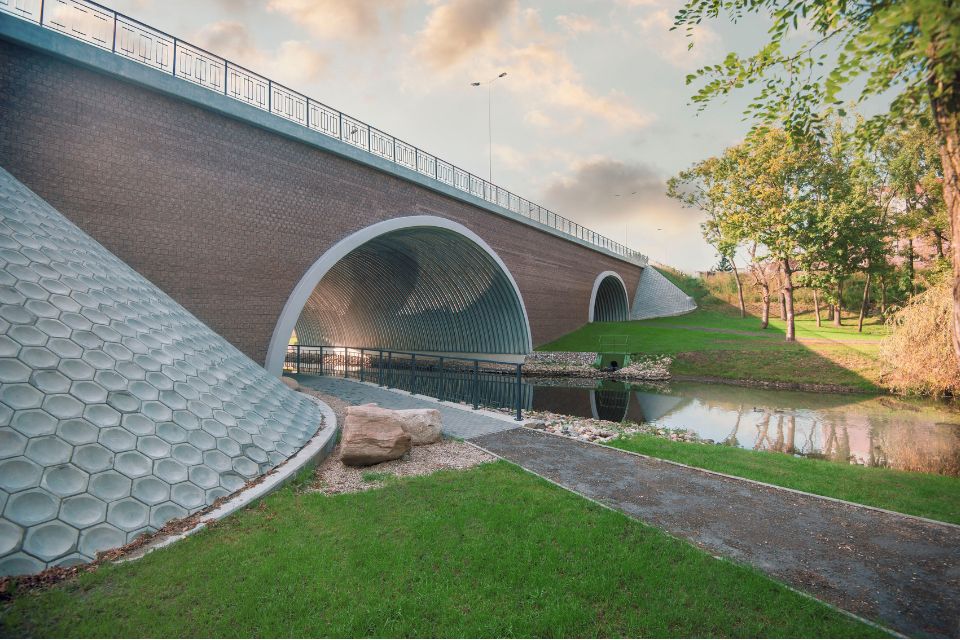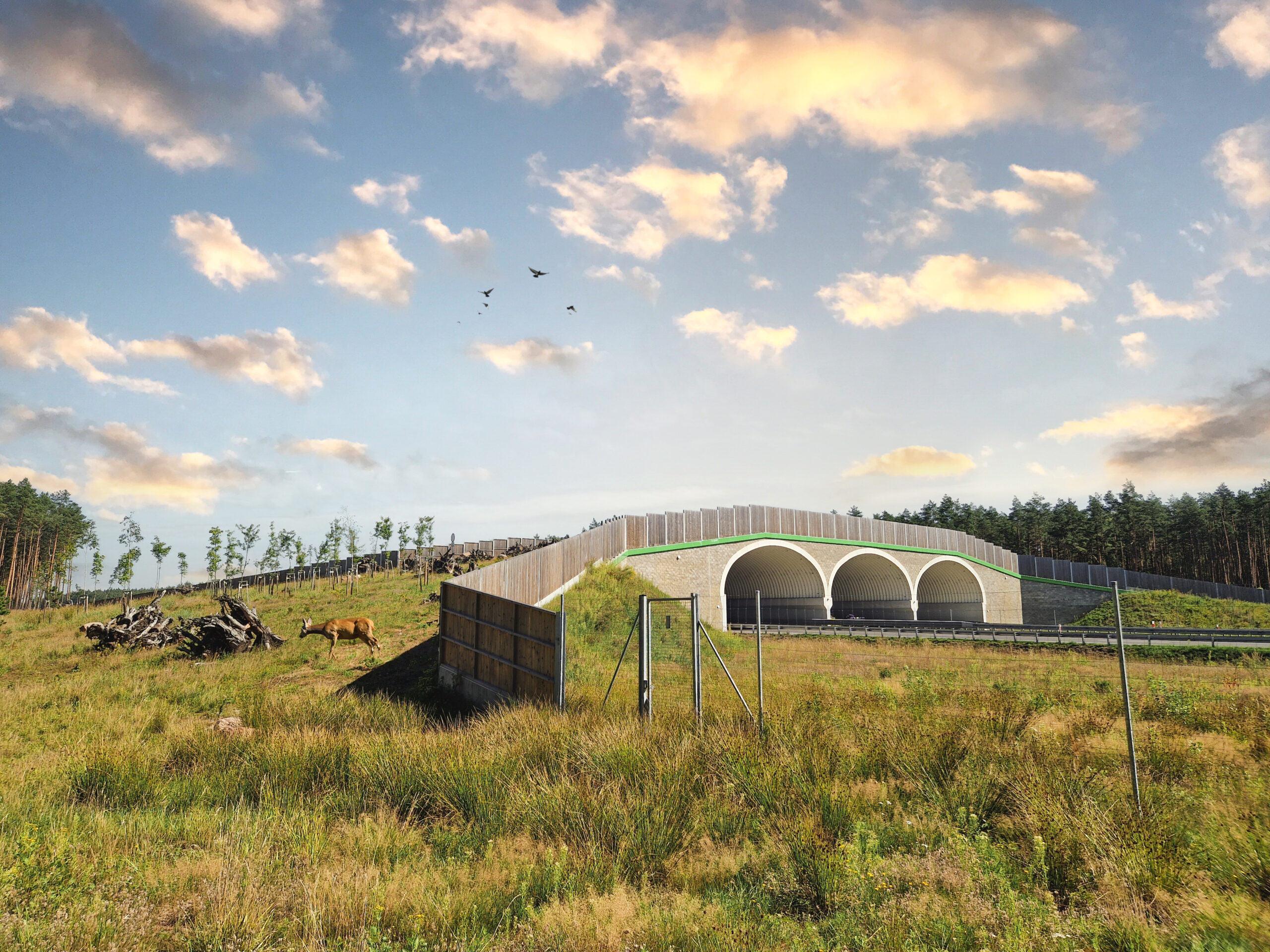Supporting sustainable infrastructure through the European Green Deal
Infrastructure and its construction is an integral part of a functioning society. But in a society looking for ways to support sustainability, the “built” environment drives resource use, generates waste, uses energy and emits greenhouse gases. Balancing the construction of sustainable and long-lasting infrastructure that reverses or reduces its environmental impact while supporting circularity and environmental responsibility is one aspect of the EU Green Deal.
According to the European Commission, buildings and construction account for 50% of all extracted material; the construction sector accounts for more than 35% of the EU’s total waste generation; greenhouse gas emissions from these activities measure 5-12% of total national GHG emissions. Greater material efficiency could save 80% of these estimated emissions. Aligning with the EU Green Deal and the EU strategy for a sustainable built environment aims to lead construction toward a green transition for a cleaner environment, smarter resource management, and a better quality of life for citizens in society. While EU policies focus largely on buildings, they are applicable across all resource-intensive forms of infrastructure, including bridges and culverts and stormwater management systems, which are components of critical infrastructure construction.
What is the EU Green Deal?
The European Green Deal (EGD) is a plan for transitioning the entire EU market and all of its sectors into streamlined resource efficiency and sustainability to create a growth-oriented, circular economy. To ensure that the EU Green Deal is implemented effectively, verifiably sustainable products and materials will become the norm, guided in large part by EU ecodesign rules.
Sustainability beyond regulation
With specific reference to construction, the Construction Products Regulation (CPR) aimed to push construction products faster and further into decarbonization. Unfortunately, the most recent revision of the CPD does not have any teeth and is more a list of suggestions rather than mandates, lacking enforceability for sustainability requirements for construction products.
Regardless, for most enterprises and organizations developing infrastructure projects – both public and private – getting a head start on applying sustainability principles to construction endeavours regardless of regulations on materials makes sense. Many broader reasons fuel drivers to move toward voluntary reductions in carbon footprint and raw materials resource use, such as meeting carbon reduction, circularity and other ESG targets that will fulfill other institutional requirements and metrics. Most companies have set decarbonization targets and are committed to delivering, regardless of what regulations demand. Regulation will catch up eventually, and in the meantime, there is a business case to be made for decarbonization and “predictive compliance” with EU regulations.
It’s about much more than just regulation, even if regulation is a driver for many companies. For example, consultancy firm Bain & Co explains that successful decarbonization does not always offer a positive return on investment on its face, but other sources of value can be critical – from carbon tax mitigation, subsidies and price premiums to premium valuation by investors and potential safeguarding of its market share in the face of hungry, aggressive and agile competitors. Likewise, anticipating and acting on likely regulatory change mitigates the risk of having to implement costly compliance initiatives after the fact and positions an organization positively with regard to meeting decarbonization targets and green goals with or without the regulatory push.
Build sustainability into infrastructure
Infrastructure projects offer an opportunity to build sustainability into construction from the earliest design and planning phases. As organizations become responsible for understanding and reporting their scope 1, 2 and 3 emissions as standard operating procedure, being able to reduce the construction footprint and account for how carbon, waste or raw material use reductions have been achieved will become increasingly important. At the same time, the linear production pattern of taking, producing, using and redoing is disrupted by the circular economy model.

In infrastructure construction, for example, the use of reduced–carbon–footprint (RCF) or net-zero steel in the construction of bridges and culverts not only extends the lifespan of the bridge itself thanks to the long-lasting qualities of the material used, the material itself is both infinitely recyclable and consistently becoming less of an environmental burden in production.
The future of infrastructure under the European Green Deal
The European Green Deal will exert influence on the infrastructure construction sector, regardless of how regulations land. And the full supply chain (public markets, suppliers, manufacturers, contractors, subcontractors, real estate companies, renewable energy projects, demolition and recycling companies, etc.) will feel the effects. Even if upfront costs will see construction become more expensive, in the long run, the return on investment will become clear: with decarbonization gains and increased material circularity, it would be difficult to argue that the benefits are real.
For now, planning, design and construction of critical infrastructure demands reimagining how we build. As a whole host of different instruments come into play, such as environmental product declarations (EPDs) , which are documents that transparently report the environmental impact of a product or material, based on a product life-cycle assessment (LCA), the carbon border adjustment mechanism (CBAM), which is the “EU’s tool to put a fair price on the carbon emitted during the production of carbon intensive goods that are entering the EU”, or the Building Research Establishment Environmental Assessment Method (BREEAM), which is a certification system to measure a building’s sustainability performance across its life cycle, there has never been a better time for charting a course toward supporting sustainable infrastructure.
Talk to ViaCon to learn more.

